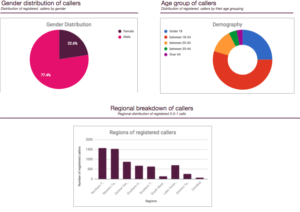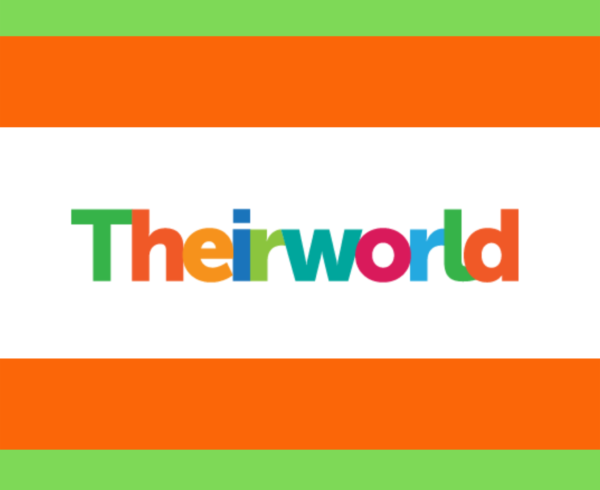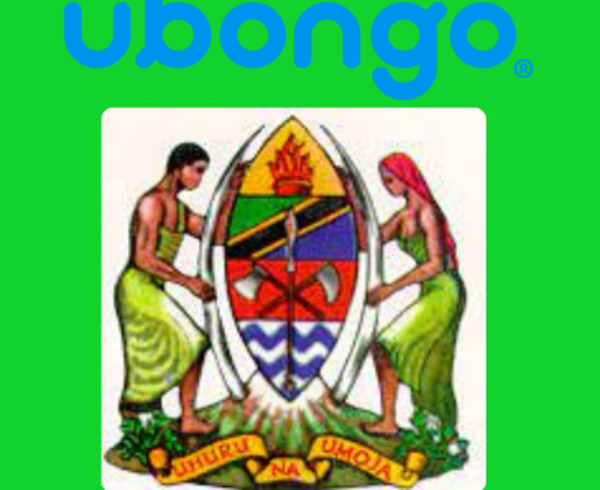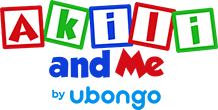For many of us, mobile phones are not simply tools for communication, they offer life-enhancing services like access to information via the internet, mobile banking, health and entertainment apps, and more. In 2015, more than half of the population of sub-Saharan Africa will be subscribed to a mobile service (The Mobile Economy: Sub-Saharan Africa 2018), however, while mobile connectivity is rapidly increasing, most people in sub-Saharan Africa can only afford a simple feature phone. In fact, a global survey conducted by the Pew Research Center found that “with the exception of South Africa feature phones are the most common type of mobile device owned by sub-Saharan Africans. In Ghana, Senegal, Nigeria and Kenya, just about one-third of adults own smartphones. Smartphone ownership is lowest in Tanzania (13%).”
So, why does this matter to us?

At Ubongo, we reach as many children and families as possible with our edutainment content through the technologies that they already have access to. Our TV shows are watched in over 7.2 million households every week and hundreds of thousands more on radio. However, we are aware that the children who need our content the most may not have regular access to TV – but their caregivers may have a simple feature phone. As a result, we partnered with Viamo in Tanzania, to provide their interactive voice response (IVR) platform 3-2-1 with education-themed content.
Viamo operates in 15 countries in sub-Saharan Africa and Asia to provide low-literacy people with interactive, educational, and life-saving content. People can call into the free service (provided through Vodacom) and listen to literacy and numeracy songs and lessons with their children. Furthermore, caregivers can get parenting tips and advice on topics like stimulating learning through play and positive disciplining techniques. Our content has been available on 3-2-1 since November 2017, and over the course of the year, education is the second most popular content consumed by users of the service – just 3% behind the most popular topic – health.
So, how exactly does IVR work?
It’s hard to explain IVR without getting technical, so maybe an example will help. IVR is the technology that you interact with when you call your mobile service or bank provider and have a ‘conversation’ with an automated voice that asks you to either say ‘yes or no’ or ‘dial 1 for customer service, 2 for account details, 3 for something else. Basically your call is directed through a series of scripted prompts delivered to you through an automated computer system, rather than interacting with a real person. So, while the technology is more commonly used by organisations with a large client base like banks and telecoms, it can also be incredibly useful for companies like ours, who work to reach people with life-changing messages.
What have we learned from 3-2-1?
- Over 75% of callers to the service are male: This isn’t surprising due to gender inequality and the lack of economic independence that many women in sub-Saharan Africa still face. Here’s what we are doing about it.
- Majority of the callers are young adults between the ages of 18 and 24: Many Tanzanians are young parents who need resources and support to help them ensure the wellbeing and development of their children. In fact, we are in the process of creating easy-to-use caregiver toolkits that will provide parents and educators information on nutrition, cognitive development, social emotional learning, and so much more in engaging and localised ways.
- Most of the users are not in Dar es Salaam: Most of the callers for educational content are based in Northern, Western, and Central Tanzania. This means that the content is reaching people beyond the major city of Dar es Salaam, which is located in the East.
Reaching People Where They Are At
Many of the innovative mobile applications available in the marketplace cater to people with smartphones. As a result, the people who may need them the most are often left out of accessing services that could improve education, health, transport and more. At Ubongo, we believe in reaching children and caregivers through the technology they already have access to, and this includes feature phones. Working with 3-2-1 wasn’t our first attempt at adapting our content for IVR. When we first launched Ubongo Kids we had a partnership with Tigo and EduMe, where kids could subscribe to receive daily math and science questions, and get songs from their favourite characters. We used many of the insights we learned from this first attempt, in our work with Viamo. Currently, we are working towards replicating the success we’ve had with 3-2-1 in Tanzania in other markets, starting with Nigeria in 2019.















